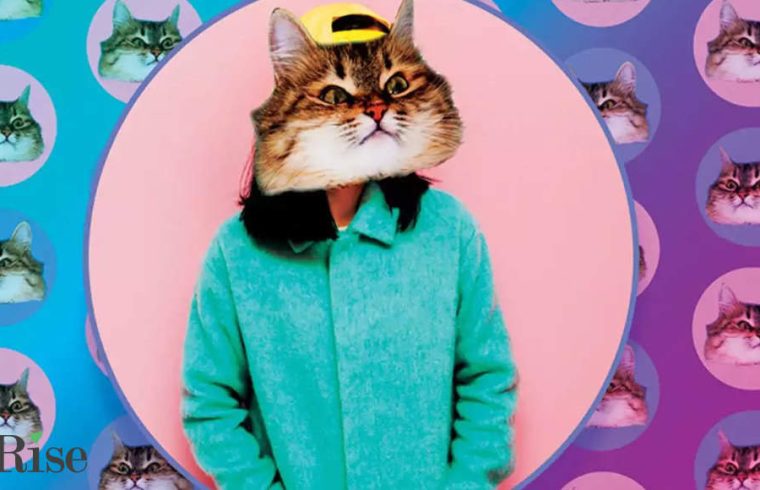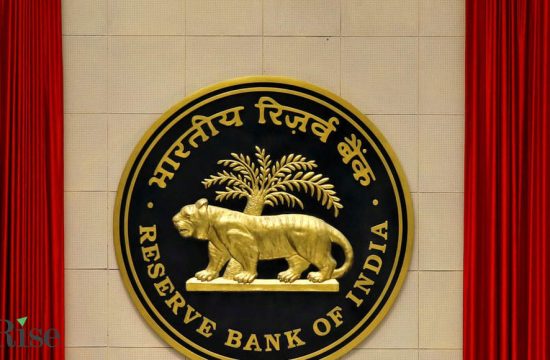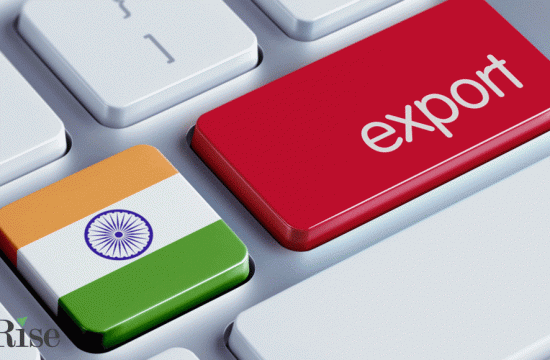
“Are you someone who skips ads? I don’t. We are not the same†– social media strategist Mehak Kapoor’s bio on a dating app read. Even as all streaming platforms drive their ad-free version down the user’s throat, the number of people on social media showing interest in advertisements – for good or bad reasons — is interestingly increasing.
“The push from brands to become hyper visible is so strong that ads just pop up on your screen the moment you speak or sometimes even think about a product. It’s only natural that they become part of our day-to-day conversations. Even my parents use the ‘Fogg chal raha hai’ line irritatingly often,†says Kapoor.
Increased internet access and massive budgets for promotion has ensured that consumers are bombarded with ads. Fantasy sports platform Dream 11’s or bill payments app Cred ads, for example, were so frequent during the Indian Premier League (IPL) 2020 that it became a subject of many memes.
Shriram Iyer, chief creative officer at Tilt and the brain behind Dream11 ads, tells Brand Equity, “I believe most brands are acutely aware that advertising today needs to compete with other great content that’s audiences interact with. So, boring is not an option.â€
“Dream 11 per se, deals with a massive number of cricket fans, a younger target base and has therefore always believed in highly engaging content. Also, creatively we stay within the world of the fan, the sport, the sportsmen and look at these as one entity through our work,†says Iyer.
Individual content creators taking digs at brand advertising enhances the relatability quotient, too. And it could come from anywhere in today’s times, thanks to the dominance of social media – whether it’s tech giant Elon Musk tweeting, “Use Signal†or rather unfamous B-school student Rajkumar G creating posters for the messaging app to counter the privacy concerns that clouded WhatsApp. Rajkumar’s posts went viral on social media and were shared by many prominent people.
BE spoke to Arth Vashistha, a Mumbai-based marketing enthusiast, who designed a Cred meme about how much people will miss its ads after the IPL would get over. It was reposted by Cred founder Kunal Shah in his Instagram stories.
“It’s all about visibility and relatable content. Being a 90s kid, ads have always appealed to me. From Dhara’s ‘jalebi’ ads to Imperial Blue’s ‘Men will be Men’ campaigns – if the sentiment strikes a chord, it’s bound to be a hit. ‘Download Cred Baby’ was almost an anthem with the likes of famous 90s icons being a part of the campaign,†says Vashistha.
“However, it’s not just the good ones that catch the eye. Sometimes, even the ones that are not so well received – Ajay Devgn’s Vimal Elaichi ads or
girl for example continue to be a subject of so many memes,†he adds.
Though this raises the question whether brands would see this uncalled for publicity as a good thing or not.
Communications consultant Karthik Srinivasan remarks, “When a statement from an ad becomes meme-material, I’d put that as a mark of success for the brand’s media budget and media choice more than creativity. The Fogg example or the Dream11 examples are apt, and so is Cred or Trivago. We recall these ads and they become part of daily language because they are relentlessly repeated. If something is thrown at us so very often, we’d obviously remember it, regardless of how good or bad it is.â€
Historically, too, brands have gained major recall value often due to their ads either being really good or drawing quite some flak.
“There’s an old saying that ‘there’s no such thing as bad publicity.’ While it may be debatable as a statement, there’s more than a little truth in it. In an increasingly fragmented media landscape, notoriety can be as valuable as popularity. For example, while there was not much creative or strategic merit in the Trivago commercials, they became hugely talked about because of the male model used in the ads. While a majority were tremendously irritated by the man, it did lead to disproportionate salience for the brand because of the social media chatter,†points out advertising veteran Ajay Gahlaut.
Fun fact for those who weren’t tracking this trending mystery back then. The “Trivago guy” is, in fact, the company’s former India development head, Abhinav Kumar, who was based at Trivago’s HQ in Germany, at the time. Kumar is now vice president – product marketing at Paytm.
The common understanding among marketers though is that there is no set formula when it comes to advertising. Usually, a good ad formula aligns with the product’s vision and philosophy to build a coherent narrative, but even that runs the risk of being acknowledged in different ways by different audiences.
Manasi Kotian, Mumbai-based visual designer, sums up, “The success of an ad is about its impact on the target audience. The upmarket city crowd can make memes of Glow & Lovely or male undergarment ads, but they click with the crowd the brand wants to cater to. But it’s interesting to see how brands are increasingly coming up with campaigns that appear to work on a pan-India level.â€










